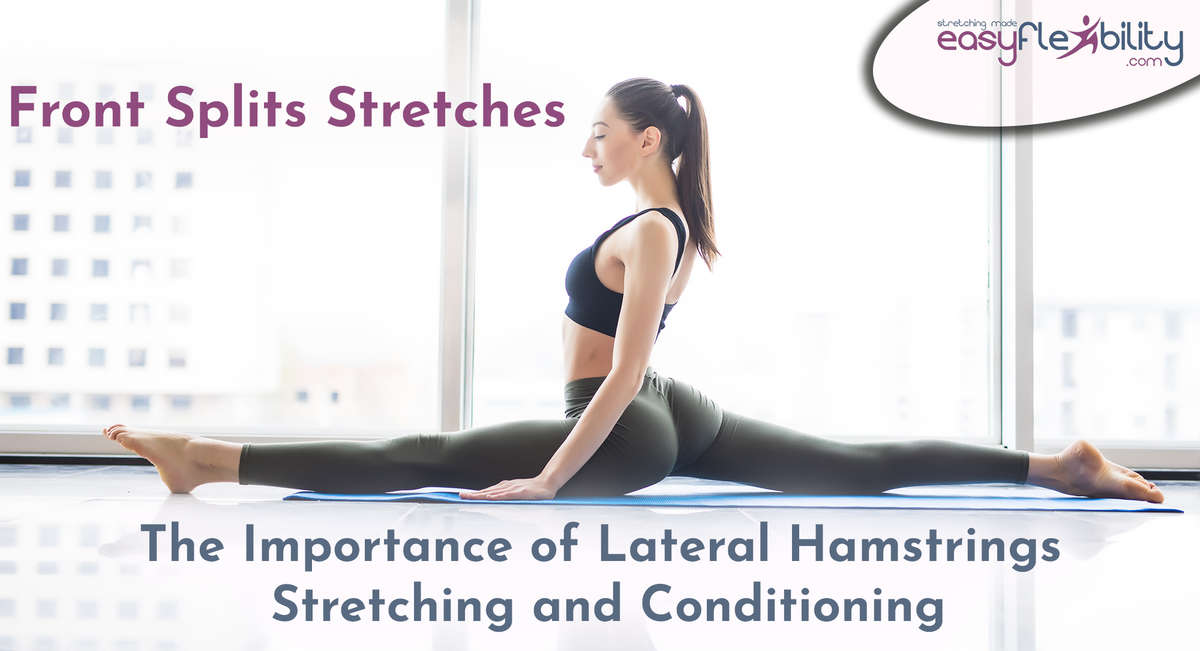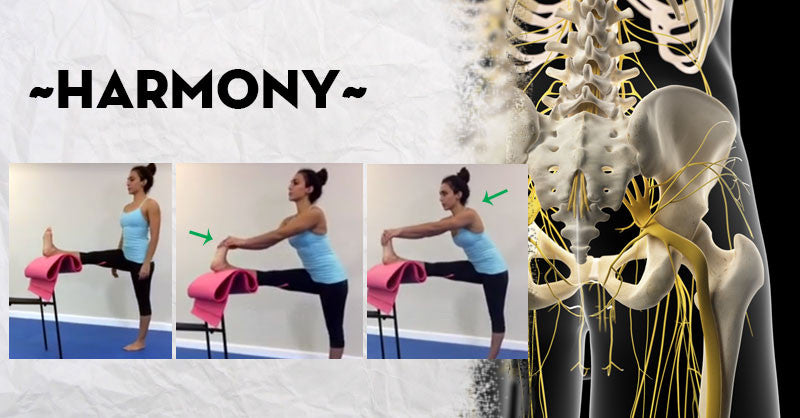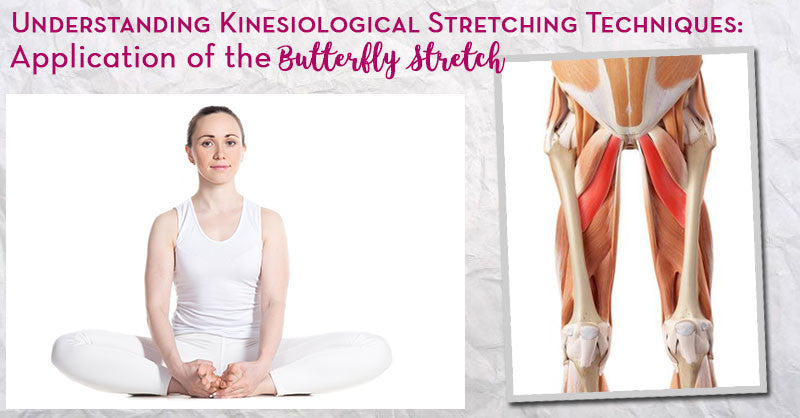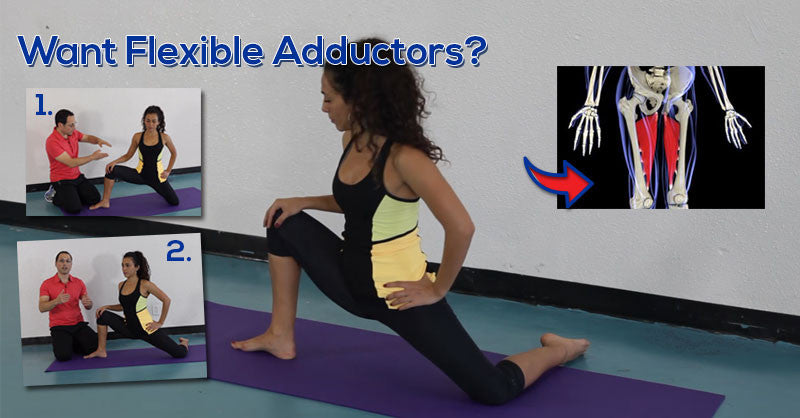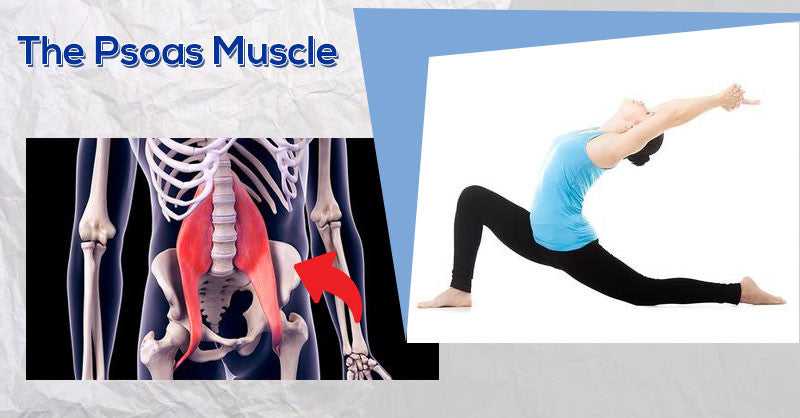How to Do Compass Pose in Yoga
Posted by EasyFlexibility Team on


Have you ever felt lost and had to use your best judgment to find your way?
Compass Pose, or Parvritta Surya Yantrasana, is one of those yoga poses you have to use your inner navigation to find your way through.
Compass Pose, or Parvritta Surya Yantrasana, is one of those yoga poses you have to use your inner navigation to find your way through.

There are many places in the journey to this pose where you can get stuck. We are going to help you unlock your body to experience Compass Pose in this next series.
What's going on here?
Two of the most challenging aspects of this posture are hamstring and side body flexibility. Stretching of the side body is often overlooked in yoga, and when it comes time to try this posture, you may find you are stiff where you didn’t even know it. Let’s talk about how to get into the pose first.

Performing Compass Pose
Start seated with your legs in a butterfly position. Keep your left leg in the half butterfly and pick up your right leg as if you were cradling a baby.
- Keep the right hip externally rotated as you snake the right hand down to the ground on the inside of the leg for support.
- Continue holding onto the right foot with your left hand, pinky finger pointed up to the sky.
- Ground your left sitting bone into the mat as you begin to extend your right leg. You may come off of your right sitting bone and that is okay.
- Try to look underneath the right arm when the leg is fully extended, bending the top arm slightly to pull the leg closer to your head.
So there is a lot going on here! Even just getting into the pose is a task in and of itself. So what muscles do we need to focus on? We will talk about that next.
First, you need to make sure that your core and spine are strengthened in order to hold this posture. Your transverse abdominus and erector spinae do most of the work through the gentle twist of the spine here.



There is also some mild hip opening occurring in your gluteus medius. The hamstrings take the brunt of the stretch in the extended leg, with particular emphasis on the semimembranosus.
The adductors also play a role in the extension of the leg, with the adductor magnus and gracilis being stretched the most. Finally, the muscles in the side body that are lengthening include the quadratus lumborum, latissimus dorsi, and oblique muscles.
How can we improve our side body stretching? Continue reading to find out!

Today we will learn a Zaichik Stretching Technique called ~Lightness~. This stretch will target the quadratus lumborum. Here is to perform this ZST:
~Lightness~
- Start in a kneeling position, like you would for Camel Pose.
- Laterally flex the body to one side, placing your hand on the ground and reaching the opposite arm up and overhead. This is our starting Target position.
- Then, rotate the torso slightly downward toward the floor. This is your Leverage position.
- Rotate your torso back into true lateral flexion, increasing the stretch by moving closer to the floor through your side body.
- Repeat 5 times on each side.
Remember that there are always steps to advancing a posture or stretch. Stick with the method and you will see lasting results that continue guide you, even when you feel lost. Come back next week to see how we can continue improving our Compass Pose.
Be sure to try our Side Bending Programs below:
Side Bending Beginner Program
Lateral Bending is often neglected compared to other targets of flexibility training, such as hamstrings or adductors. Apart from athletic applications being able to flex the body to the side benefits the lungs, as well as abdominal organs, according to traditional yoga views.
You may also be interested in

Yoga Combo 1
This package contains:
Butterfly
Locust
Downward Facing Dog
Back Bridge

Yoga Combo 2
This package contains:
Butterfly
Locust
Downward Facing Dog
Back Bridge

Yoga Combo 3
This package contains:
Butterfly
Downward Facing Dog
Back Bridge
Visvamitrasana
Bird Of Paradise
Locust Scorpion
Double Hamstrings
Lord of the Dance
True Front Split
Side Split
Plow Pose
Cow Face Pose
Eagle Pose
King Pigeon Pose
Elbow lever
Forearm Stand
Hand Stand
Kurmasana
Eka Pada Sirsasana
Don’t see what you want? Need help selecting a program? Want to buy more than one program? We can put together a one step checkout for you with all the programs that you wish to buy so you don't need to keep clicking the buy now button over and over again and can checkout one time with all the programs you need. We’re here for you! Just send us an email to info@easyflexibility.com describing your goals and we will help select the right program for you!
© ElasticSteel Corp., EasyFlexibility, Paul Zaichik, et. El., 2022. No part of the materials available through ElasticSteel.com, EasyFlexiiblity.com, site may be copied, photocopied, reproduced, translated or reduced to any electronic medium or machine-readable form, in whole or in part, without prior written consent of Paul Zaichik EasyFlexibility.com, Elasticsteel.com.. Any other reproduction in any form without the permission of Paul Zaichik EasyFlexibility.com, Elasticsteel.com is prohibited. All materials contained on this site are protected by United States copyright law and may not be reproduced, distributed, transmitted, displayed, published or broadcast without the prior written permission of Paul Zaichik, EasyFlexibility.com, Elasticsteel.com.



